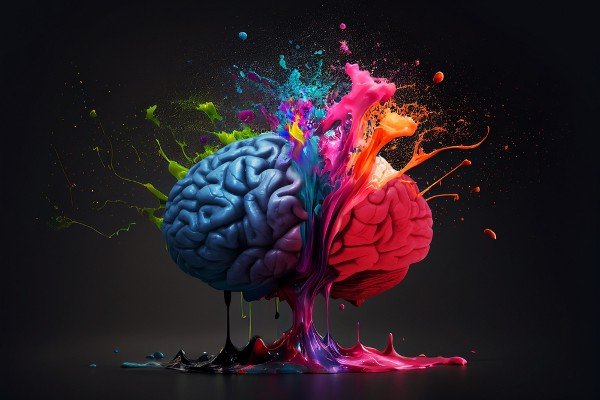NURTURING RESILIENCE: UNDERSTANDING THE IMPACT OF TRAUMA ON DEVELOPING BRAINS
The journey from infancy to adulthood is marked by significant milestones in brain development. However, when traumatic experiences occur during pregnancy or the first four years of a child’s life, the consequences can be profound, affecting emotional, mental, and physical well-being into adulthood.
THE VULNERABLE EARLY WEEKS:
The initial eight weeks of an infant’s life are especially susceptible to the effects of trauma, particularly complex trauma. During this critical period, the presence of trusting, caring, and safe adults becomes paramount, acting as a buffer against the potential long-term consequences of traumatic events.
THE THREE-PART BRAIN DEVELOPMENT
To comprehend the impact of trauma on brain development, it’s essential to understand how the infant brain evolves. The brain develops from the “bottom up” in three areas:
1. The Brainstem: Responsible for survival and automatic responses like breathing and sleep regulation.
2. The Limbic Area: Includes the amygdala and hippocampus, crucial for regulating emotions, memories, and survival instincts.
3. The Cortex: The upper part responsible for thinking, reflecting, concentrating, and problem-solving.
IMPACT OF TRAUMA ON BRAIN FUNCTION:
For effective brain function, communication between all parts of the brain is vital. Repeated activation of the lower brain responsible for survival during infancy can diminish connections with other brain areas. This, in turn, affects learning, memory formation, emotional regulation, and overall cognitive abilities.
RESEARCH INSIGHTS:
Studies show that adults with PTSD exhibit reduced prefrontal cortex areas and hippocampus volume. In the absence of these regulatory mechanisms, individuals with PTSD may experience heightened stress and anxiety even without real danger. Additionally, there is an increase in amygdala activity, resulting in elevated startle response and increased noradrenaline release.
THE TRAUMA-REMEMERING BRAIN:
The developing brain remembers traumatic events, triggering survival responses like fight, flight, or freeze even when no danger is present. Over time, the traumatized lower brain can dominate, leading to increased sensitivity to real and perceived threats.
GUIDING HEALING AND RECOVERY:
Understanding the neuroscience behind trauma-induced brain changes empowers us to interpret behaviors in infants, children, and young people. It provides guidance for parents, caregivers, professionals, and frontline workers on effective approaches and treatments.
EVERY INTERACTION MATTERS:
Recognizing that each interaction with a child is a precious opportunity to positively impact their recovery and promote healing reinforces the importance of daily efforts. Whether brief or extended, these interactions contribute to a child’s emotional well-being, resilience, and overall healing.
In the complex landscape of trauma and brain development, knowledge becomes a powerful tool. By acknowledging the role of positive experiences and safe adult relationships, we can create a nurturing environment that fosters resilience, promotes healing, and supports the well-being of the next generation. Trauma therapy can help individuals heal from childhood trauma.
